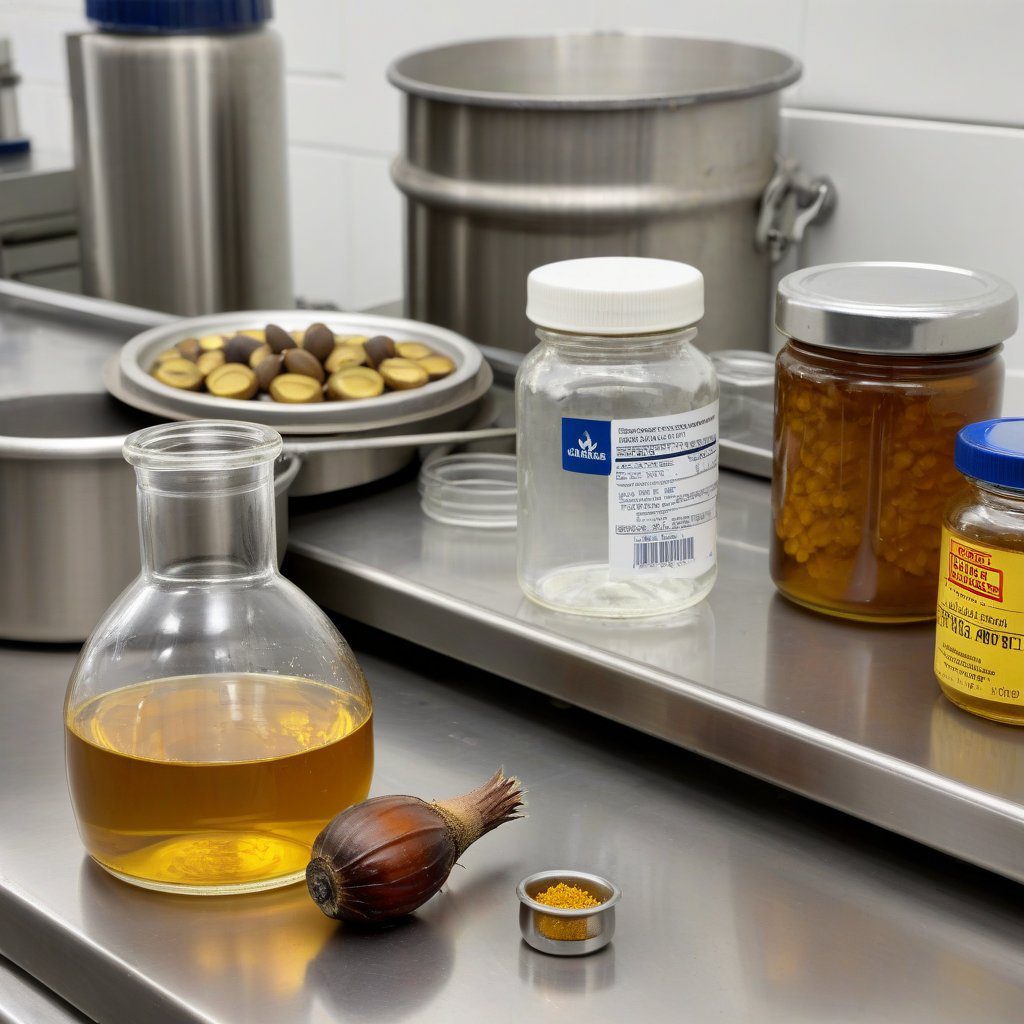Definition of Glycerin in Pharmaceuticals
Glycerin, also known as glycerol, is a colorless, odorless, and sweet-tasting viscous liquid that is widely used in the pharmaceutical industry. It is a natural compound derived from fats and oils, and its unique properties make it an essential ingredient in various pharmaceutical formulations. Glycerin is utilized for its humectant, solvent, and emulsifying properties, making it a versatile component in the development of medications and healthcare products.
Role of Glycerin as a Humectant
One of the primary functions of glycerin in pharmaceuticals is its ability to act as a humectant. This means that glycerin can attract and retain moisture, which is crucial for maintaining the stability and efficacy of pharmaceutical formulations. By preventing the drying out of active ingredients, glycerin helps enhance the overall shelf life of products while ensuring optimal delivery of the medication to patients.
Glycerin in Oral Medications
Glycerin is commonly found in oral medications, including syrups, elixirs, and lozenges. Its sweet taste not only improves the palatability of these formulations but also aids in the masking of unpleasant flavors associated with certain active ingredients. Additionally, glycerin serves as a solvent, facilitating the dissolution of various compounds, thus promoting better absorption and bioavailability in the body.
Use of Glycerin in Topical Formulations
In the realm of topical pharmaceuticals, glycerin is frequently incorporated into creams, lotions, and ointments due to its moisturizing properties. Its ability to create a protective barrier on the skin helps to prevent transepidermal water loss, making it an effective ingredient for treating dry skin conditions. Moreover, glycerin enhances the texture and spreadability of topical products, ensuring a pleasant user experience.
Glycerin as a Preservative
Glycerin also plays a role as a preservative in pharmaceutical formulations. Its hygroscopic nature helps inhibit the growth of microorganisms by reducing moisture levels, thus prolonging the shelf life of products. This characteristic is particularly valuable in liquid formulations, where maintaining product integrity is essential for safety and effectiveness.
Formulation of Glycerin-Based Injectables
In injectable pharmaceuticals, glycerin is used as a stabilizer and solvent in various formulations. It aids in the solubilization of active ingredients, ensuring that they remain effective upon administration. Furthermore, glycerin can help reduce injection site irritation, improving patient compliance and comfort during treatment.
Regulatory Aspects of Glycerin Use
The use of glycerin in pharmaceuticals is subject to strict regulatory standards to ensure safety and efficacy. In the United States, the Food and Drug Administration (FDA) recognizes glycerin as a Generally Recognized As Safe (GRAS) substance, allowing its incorporation in various pharmaceutical products. Manufacturers must adhere to Good Manufacturing Practices (GMP) to ensure that glycerin is sourced, processed, and utilized in compliance with industry regulations.
Glycerin in Combination Products
Glycerin is often used in combination with other excipients to enhance the functionality of pharmaceutical formulations. For example, when blended with certain surfactants, glycerin can improve the solubility and stability of active ingredients, leading to more effective therapeutic outcomes. This synergy between glycerin and other compounds is critical in the development of advanced pharmaceutical products.
Market Trends and Demand for Glycerin
The demand for glycerin in pharmaceuticals continues to rise due to its multifaceted applications and beneficial properties. As the pharmaceutical industry evolves, there is a growing trend towards utilizing natural and sustainable ingredients, positioning glycerin as a preferred choice for formulators. Companies like DIPLOMATA are committed to providing high-quality glycerin and other chemical products to support this expanding market, ensuring that healthcare providers have access to the best materials for their formulations.


